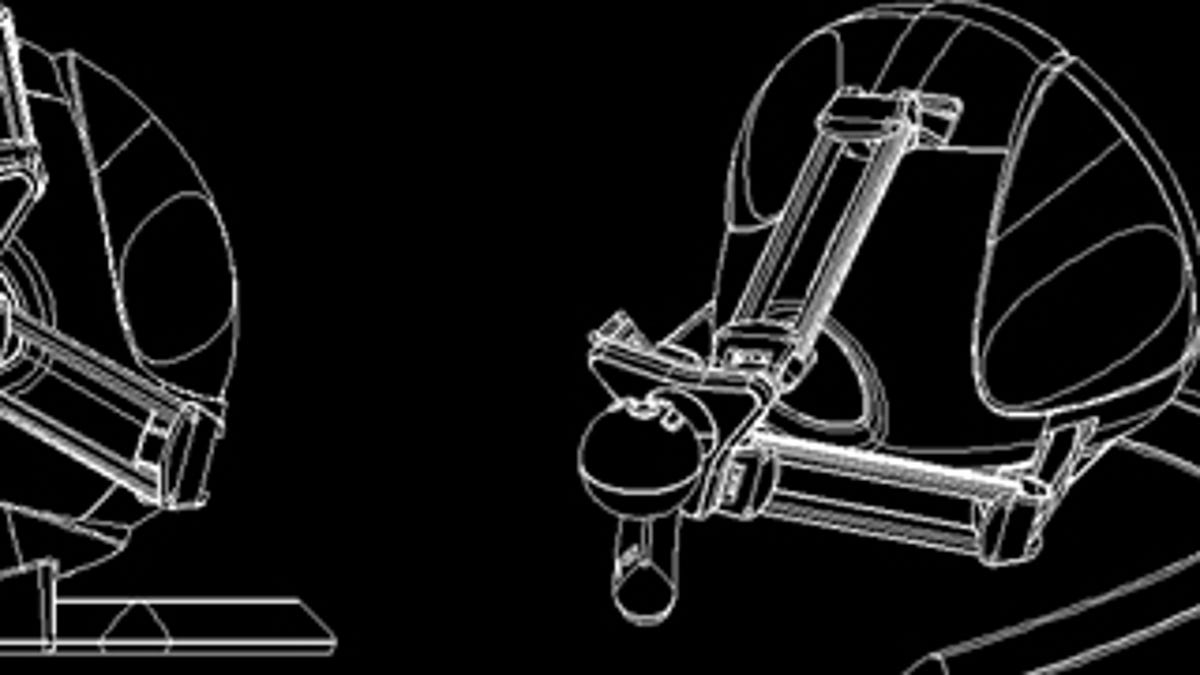Military looks for better touch with PacBots
Novint Technologies wins military contract to develop a remote touch kit for the iRobot PacBot that will allow soldiers to "feel" robot's grip.

Advanced gamer hardware may soon allow PacBot operators to tell exactly how hard a robot's grip is, allowing soldiers to more safely pick up and handle fragile or dangerous objects, while also increasing their situational awareness.
Novint Technologies, a company that makes 3D touch controllers for video and computer games, announced last month that it has been awarded a subcontract to co-develop a remote touch kit (RTK) for the iRobot unmanned ground vehicle (UGV) PacBot.
The new RTK will allow soldiers to tactually sense the amount of force a robot is exerting from a safe operating distance--a first for military UGVs, according to Novint. It will also increase spatial sensitivity.
For example, the soldier would feel the bumps and jerks when driving the robot, thus improving performance over rugged terrain. The operator would also "feel" when the robot's arm touches a wire--a not inconsequential feature when dealing with booby-trapped IEDs. The result, the company says, will be "greatly reduced task times and operator burden, increased dexterity and situational awareness, and reduced training."
"As demand for unmanned military robots continues to grow, Novint's touch technology will play a crucial role in enhancing operator control during mission-tasks such as bomb disposal or surveillance," Novint Technologies CEO Tom Anderson said in a statement.
Novint already offers interactive, bi-directional, high-fidelity 3-D that enables doctors and technicians to interact with medical imagery such as MRIs, CT scans and 3D ultrasounds.
It does this through applied Haptics, the art and science of applying sense of touch to human interaction with computer generated environments. A Haptic device makes touching a virtual object seems real and tangible.
The project is funded by the Secretary of Defense Joint Ground Robotics Enterprise through the Robotics Technology Consortium.